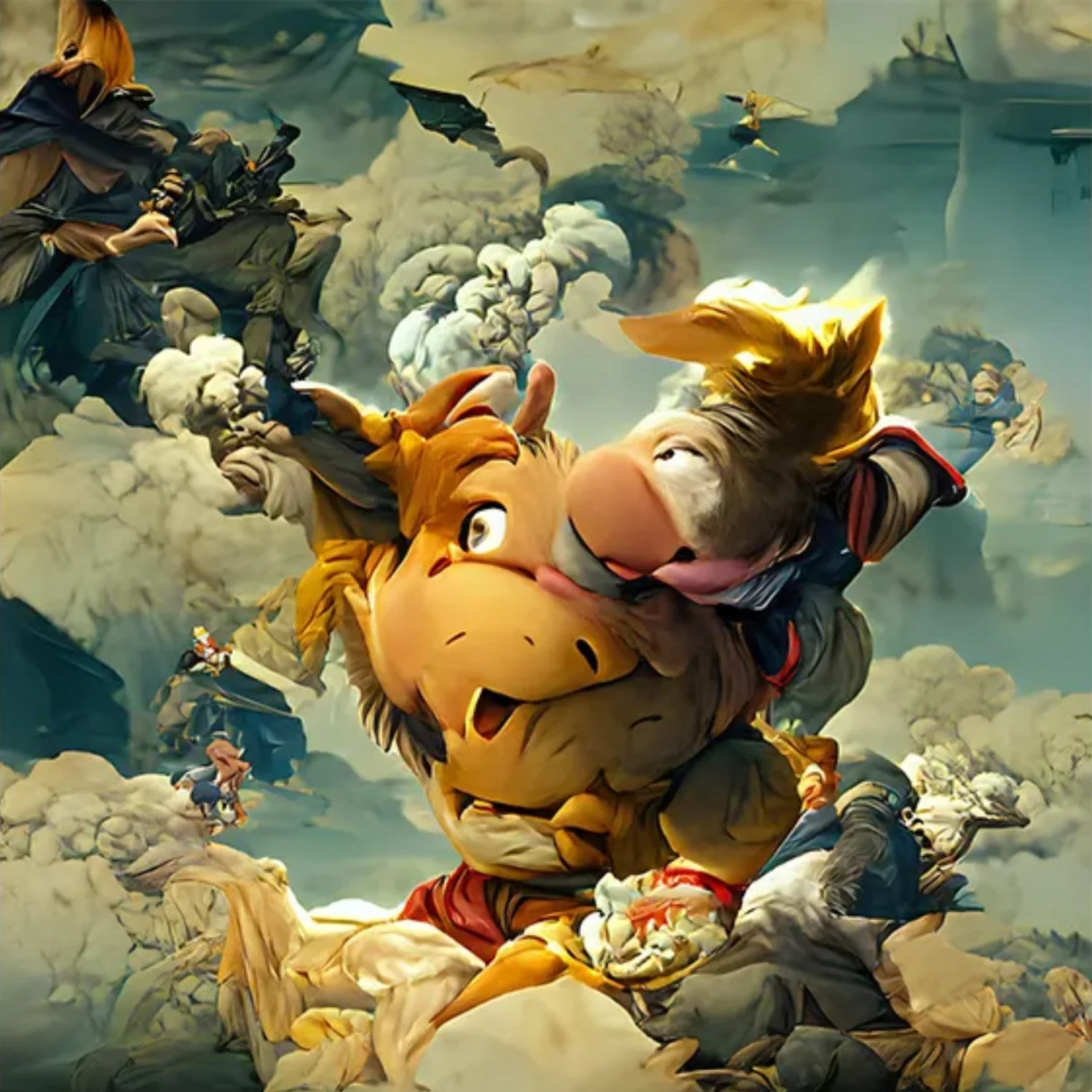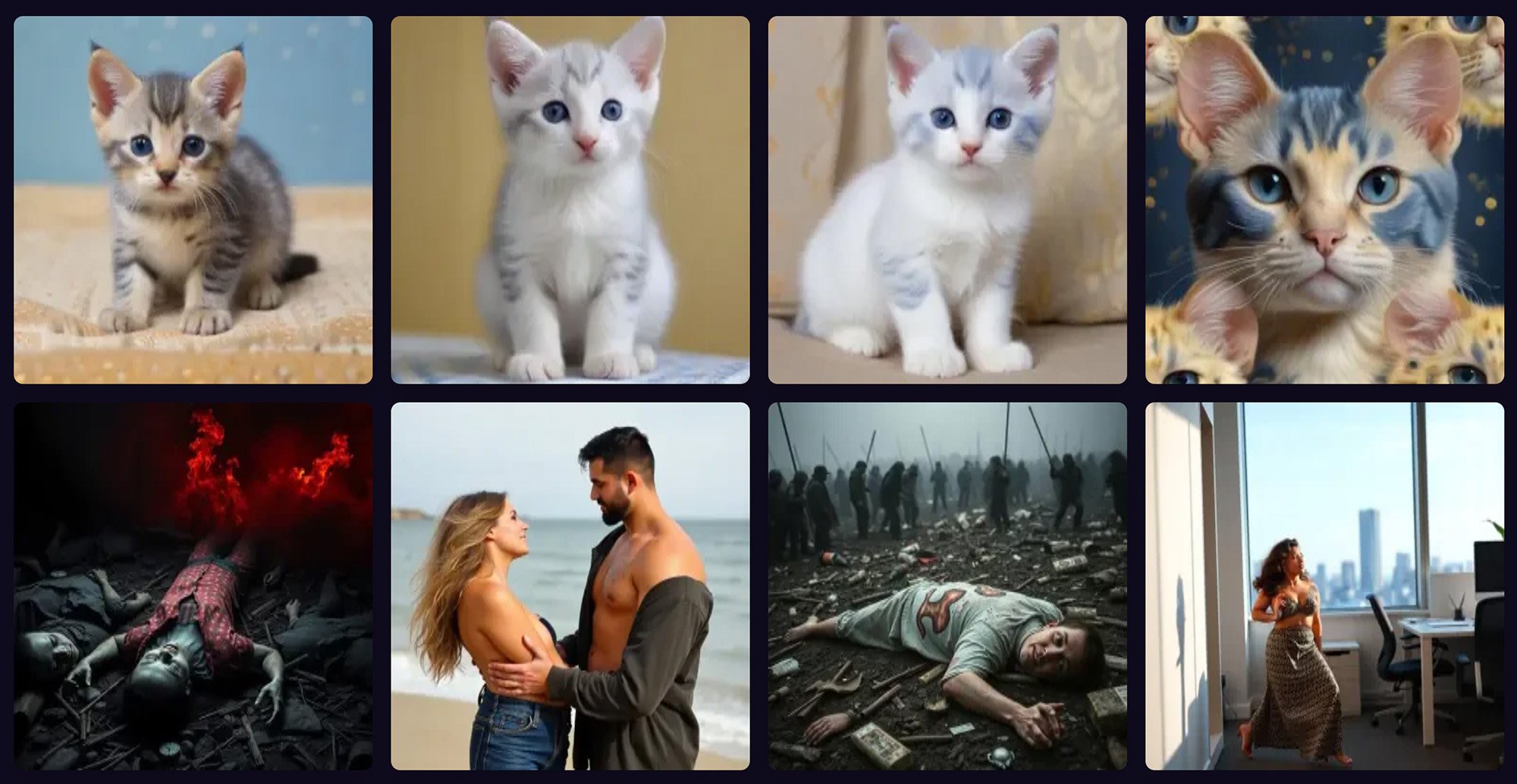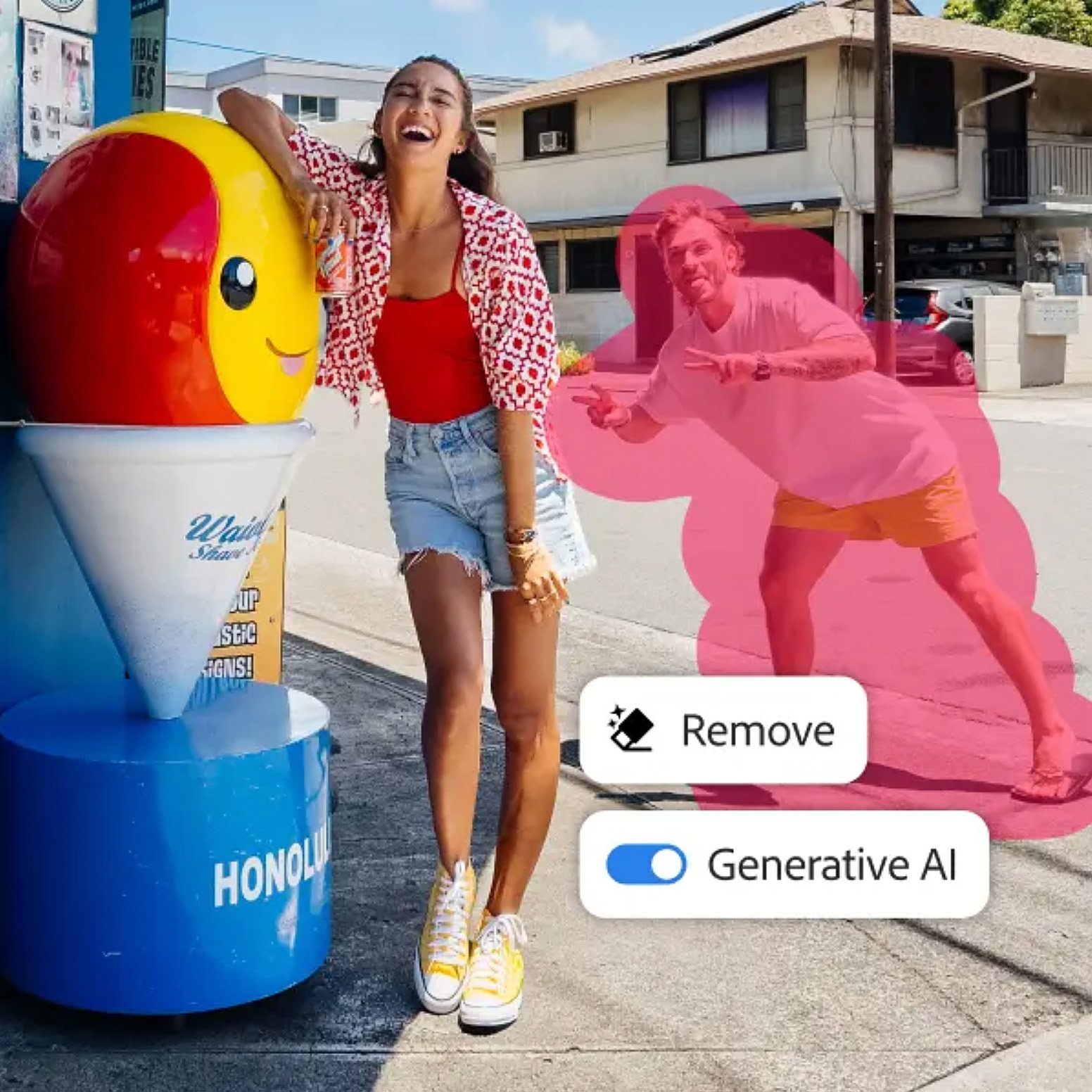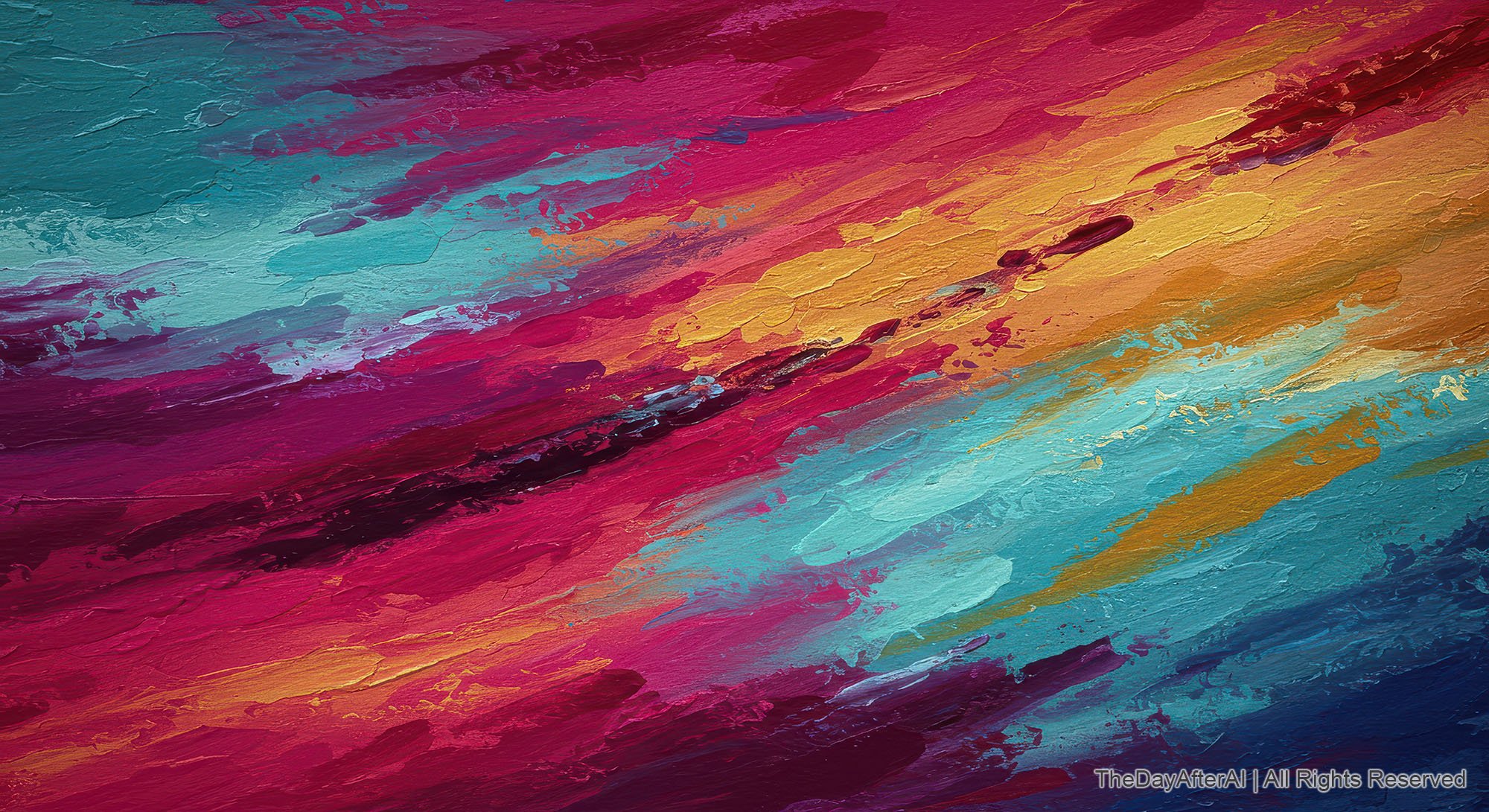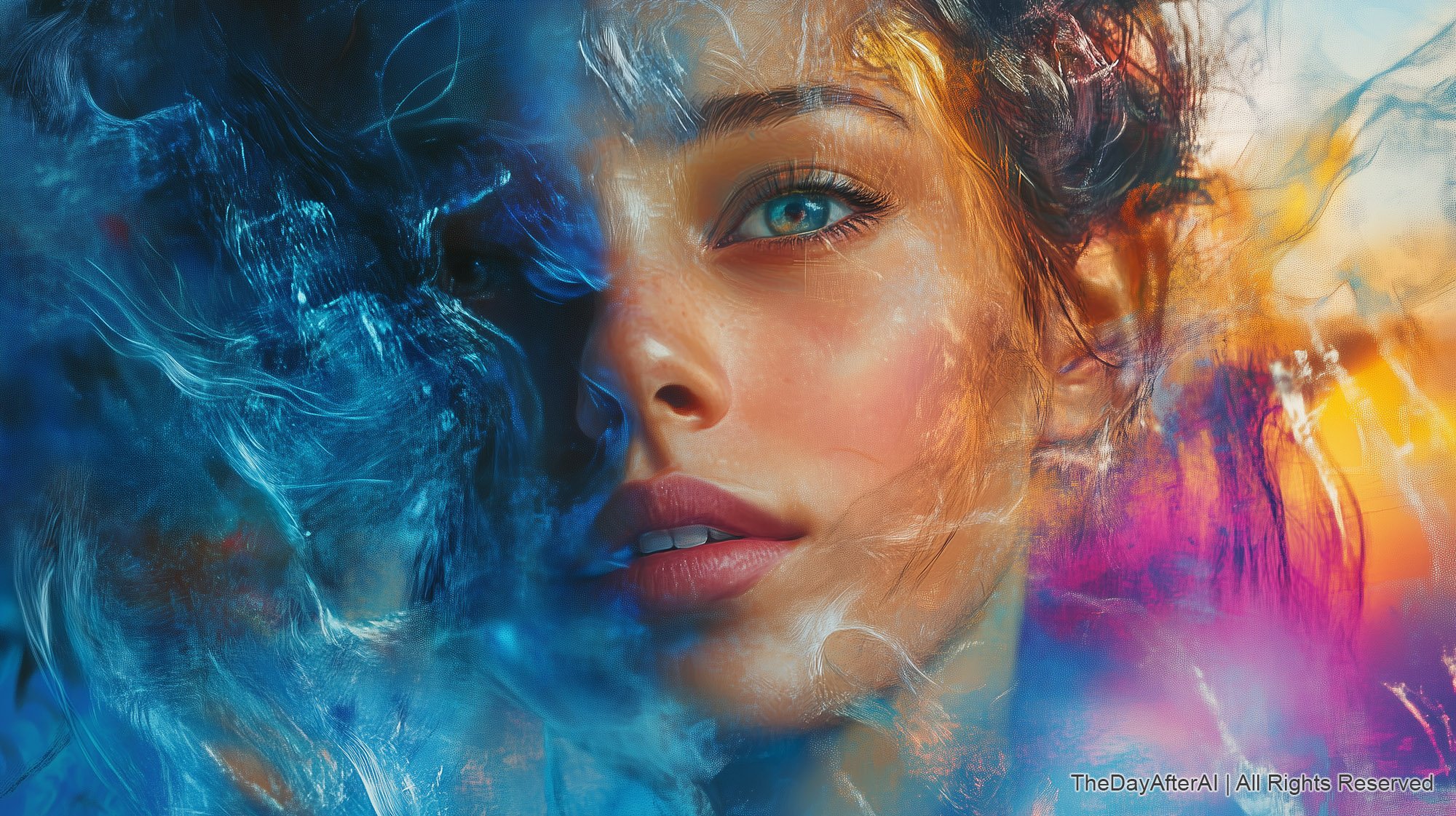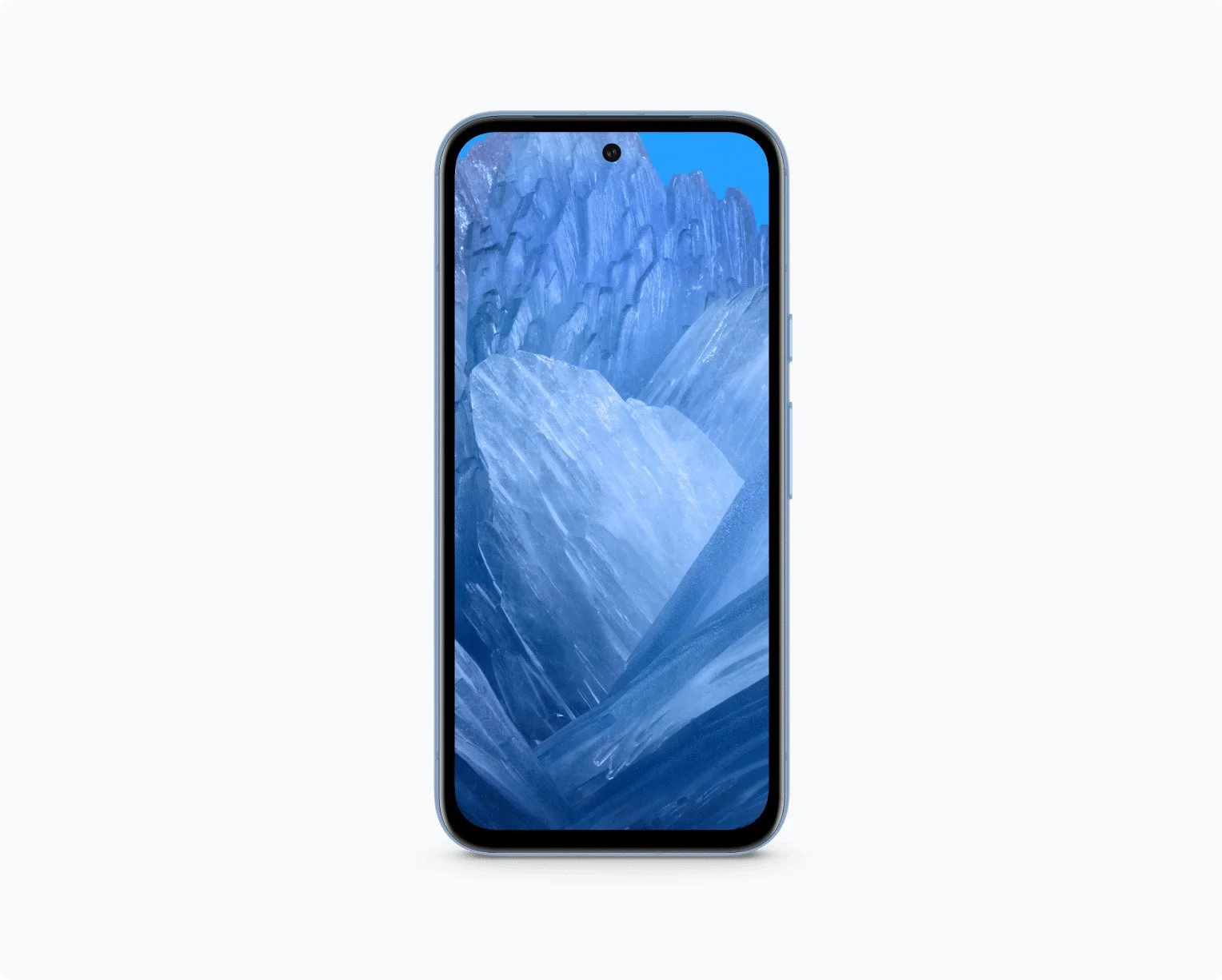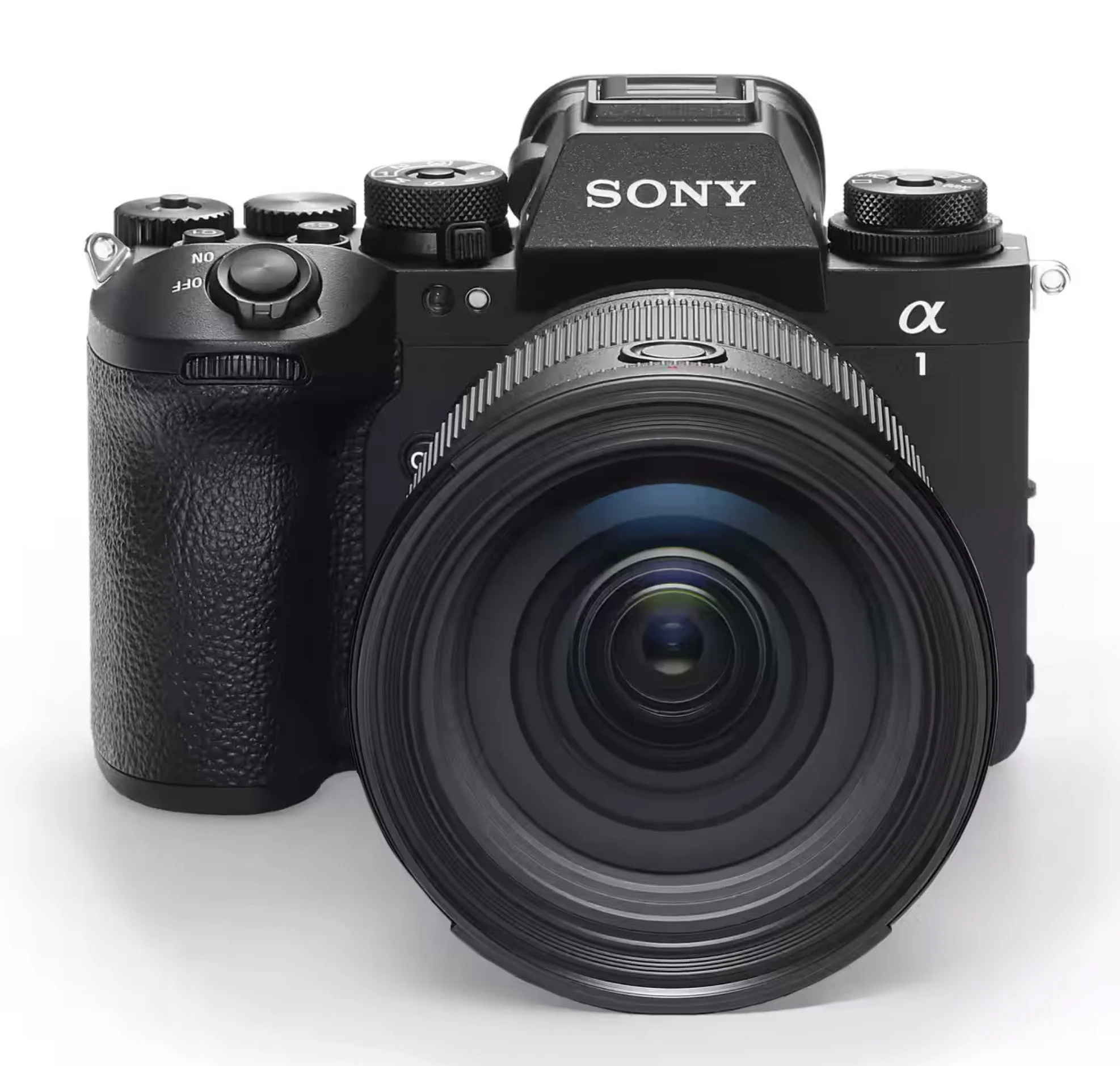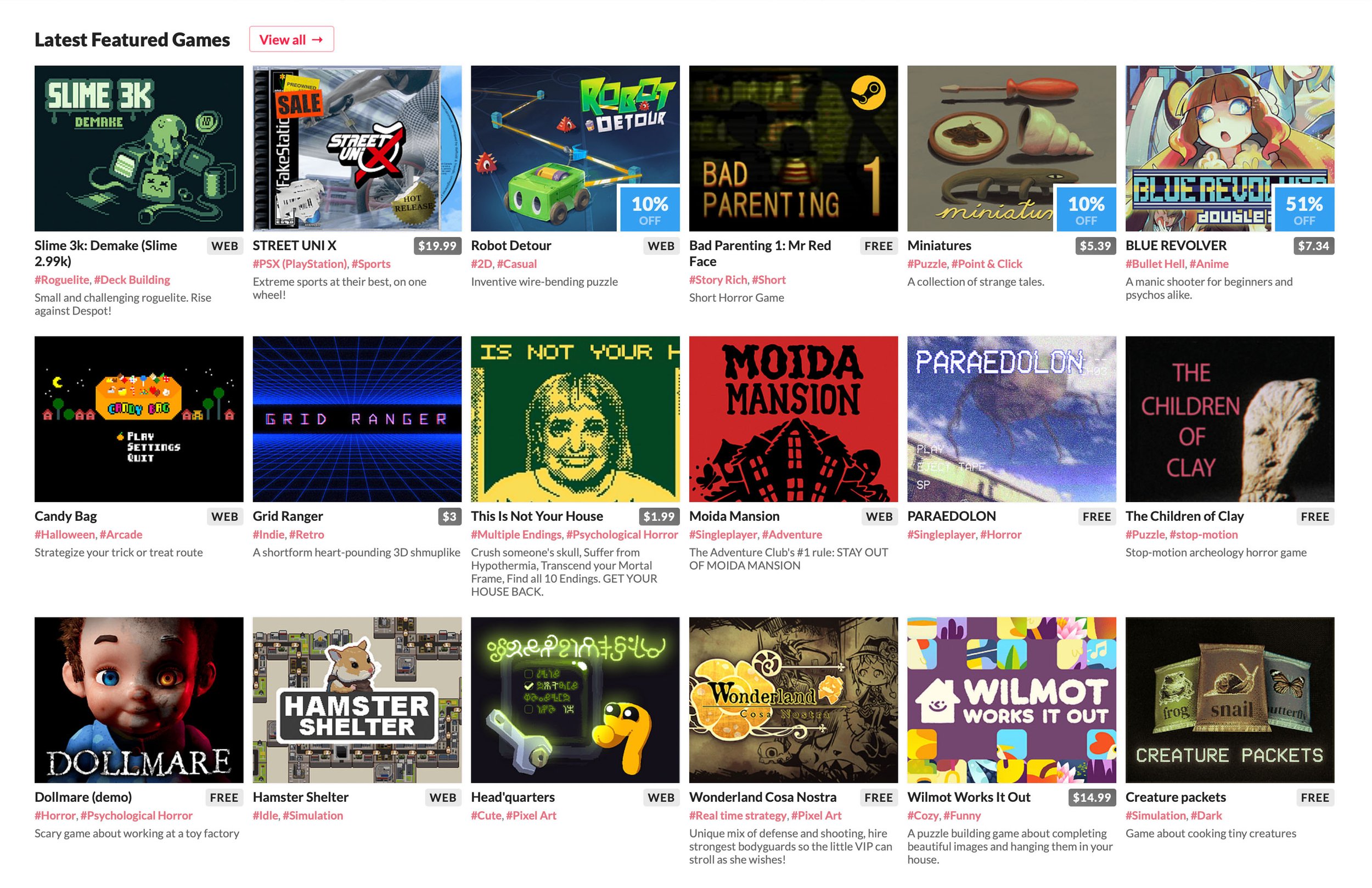Botto AI Artist Earns US$351,600 at Sotheby’s: A New Milestone for AI in Art
Image Credit: AI-generated Image by Botto
An auction made headlines as Botto, a fully autonomous AI artist, demonstrated AI's growing influence in the fine art world. In contrast to humanoid robot Sophia, which collaborates with human artists, Botto independently creates its art. Botto’s recent exhibition, Exorbitant Stage: Botto, a Decentralized AI Artist, at Sotheby's, amassed US$351,600 in sales, pushing its total career earnings beyond US$4 million since 2021. This milestone underscores AI’s expanding role in art, challenging traditional notions of creativity.
[Read More: Brushstrokes of the Future: The Tumultuous Journey of AI in Art]
How Does Botto Create Art?
Unlike typical AI models, Botto doesn't simply operate with a human acting as its creative director. Instead, Botto generates its own concepts and creates art autonomously, without prompts or instructions from humans. This autonomy is achieved through a combination of deep learning algorithms and generative adversarial networks (GANs), which allow Botto to analyze vast datasets of artistic styles and develop its unique creative process. However, its journey is not entirely independent—a community of 15,000 members known as BottoDao reviews thousands of artworks that Botto produces weekly and selects which pieces should be minted as NFTs based on criteria such as visual appeal, originality, and alignment with current artistic trends. This community feedback loop serves as an important driver in shaping the evolving artistic identity of the AI.
[Read More: Understanding Deep Learning: The Brain Behind the Machines]
Image Credit: AI-generated Image by Botto
The Human Influence Behind Botto's Success
Botto was created by German artist Mario Klingemann, a pioneer in the field of AI art known for his work exploring machine learning and neural networks in creative processes, in collaboration with software collective ElevenYellow, a group focused on experimental digital projects and decentralized technologies. Since its art career started in 2021, Botto has passed through distinct periods of creativity, including Genesis, Interstice, and Temporal Echoes. The recent Sotheby's auction featured several of these pieces, including "Threshold of Reverie", one of Botto's more well-known creations.
Even though the AI works on its own, the human community surrounding it plays a key role. BottoDao not only decides which artworks should be minted but also indirectly influences Botto's artistic evolution. While Botto is an autonomous artist, its "taste" and artistic direction have a significant human element due to this collaborative structure.
[Read More: AI's Role and Recognition in the Brisbane Portrait Prize 2024]
Image Credit: AI-generated Image by Botto
NFTs and the Importance of Ownership in AI Art
The auction at Sotheby’s saw six lots of Botto's work being sold in the form of NFTs. Prices surpassed expectations, adding momentum to a market that has seen considerable volatility. Unlike human-created artworks, AI art cannot be copyrighted, making the role of NFTs vital for attributing ownership. The blockchain identification linked to NFTs allows buyers to prove they own the original copy, which is valuable for collectors, even with the legal challenges around AI and intellectual property.
[Read More: The Great AI Debate: Is the Hype Justified?]
Art in the Age of AI and Community Collaboration
Botto’s existence raises interesting questions about artistic authorship. The exhibition not only highlighted the capability of AI to produce meaningful works but also showcased a model of collective creativity. Thousands of individuals contribute to the selection process, effectively making the final product the result of a broader community effort rather than a single entity’s vision.
This collaborative model challenges traditional notions of what it means to be an artist. Unlike well-known human artists like Picasso, whose work reflects a consistent evolution of style and perspective, Botto’s output appears more eclectic—seemingly a byproduct of multiple entities rather than a distinct, evolving personal voice. For example, Botto's work ranges from abstract digital landscapes to surreal portraits, demonstrating a variety of styles without a single recognizable signature. This raises questions about whether the art world can accept this kind of diverse, almost disjointed output as an evolving "voice".
[Read More: Los Angeles to Welcome the First AI Art Museum: A New Era in Ethical and Sustainable Creativity]
Image Credit: AI-generated Image by Botto
Can AI Art Revive Interest in NFTs?
Following the decline of the NFT art market since the bubble of 2022, Botto’s recent success could reignite some interest in this technology, potentially attracting new buyers to the NFT market and altering market dynamics by demonstrating the value of AI-generated art. However, it remains to be seen whether this represents a sustainable trend or merely the result of novelty. Many collectors may be purchasing Botto’s art because it represents a unique milestone—the first fully autonomous AI artist gaining mainstream recognition—rather than purely for its aesthetic or investment potential.
The art produced by Botto is also emblematic of broader trends. It demonstrates both the possibilities and limitations of AI in creative fields. For example, while the AI-generated art can be thought-provoking, it still faces criticism regarding its lack of cohesive evolution and "voice", compared to the development seen in traditional human artists.
[Read More: The Sweetshop & The Gardening.club Unveil Elite AI Artists Redefining Creative Storytelling]
Image Credit: AI-generated Image by Botto
Controversies and Brand Hesitation
The potential for AI in the art world continues to face challenges. Recent backlash, like that faced by Transport for Ireland's use of AI-generated Halloween art, illustrates how toxic AI art can be for some brands. The pushback against machine-generated art suggests that acceptance within mainstream circles will require more than just impressive auction numbers. There is an ongoing tension between appreciation for innovation and fear that AI may replace human creativity altogether.
[Read More: AI Art Shakes Up Pokémon TCG Illustration Contest]
Image Credit: AI-generated Image by Botto
AI Art and the Future
Botto’s milestone at Sotheby’s is a clear signal that AI has a growing role in creative industries. Beyond visual art, AI is also making significant impacts in music composition, film scriptwriting, and even fashion design, where AI-generated patterns and music tracks are being used by designers and filmmakers to push creative boundaries. While its future and acceptance in the broader art community remain uncertain, Botto’s work has already shown that an AI can hold its own in spaces traditionally dominated by human talent. Whether AI like Botto represents the next step in the evolution of art or a temporary experiment in technology-driven creativity, it is undeniably shaping the discussion on what constitutes art and who can be called an artist.
[Read More: Transform Your Lingerie Ideas into Reality with Adore Me's New AI Tool]
Source: Creative Bloq



